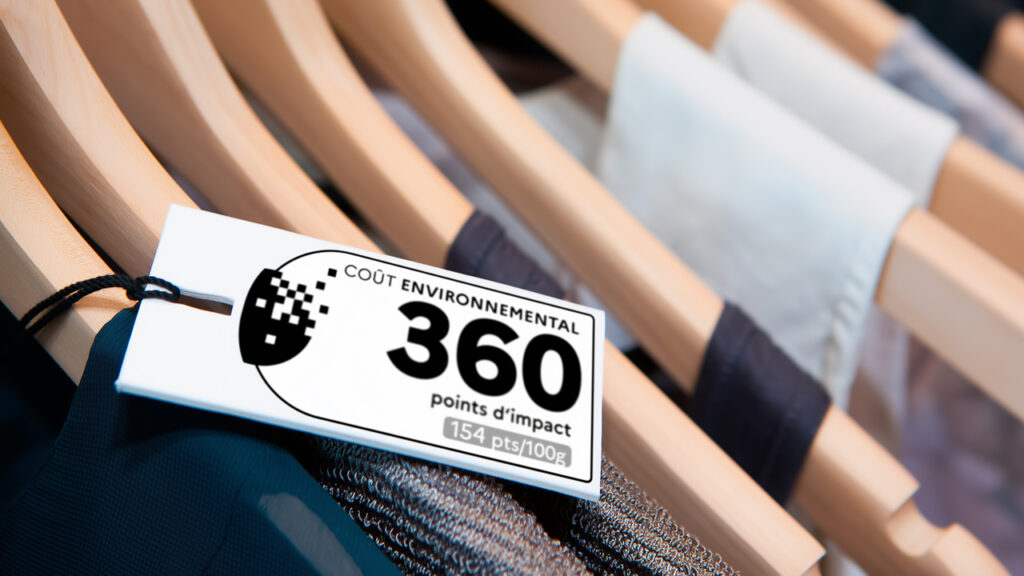Depuis le 1er octobre 2025, l’industrie de la mode en France entre dans une nouvelle ère. L’introduction de l’éco-score impose des exigences plus strictes aux marques, les obligeant à repenser la conception, la production et la commercialisation de leurs vêtements.
Ce que mesure l’éco-score
L’éco-score évalue les vêtements en fonction de leur impact environnemental selon plusieurs critères : les matériaux, les procédés de fabrication, le transport, les accessoires et les colorants. Chaque décision influence désormais directement le score d’un produit. Ce système n’est pas seulement réglementaire ; il constitue également un outil pour les marques afin de valoriser leur engagement en faveur de la durabilité.
Le défi des vêtements noirs
Le noir reste une couleur intemporelle et polyvalente, mais les pigments traditionnels à base de carbone sont très polluants et ont un impact négatif sur l’éco-score. Les marques doivent trouver des alternatives capables de préserver la profondeur et l’intensité du noir tout en réduisant leur empreinte environnementale.
BioBlack TX : A sustainable alternative
BioBlack TX est un pigment noir d’origine biologique avec une empreinte carbone négative. Il offre le même noir profond et intense que les pigments conventionnels, tout en ayant un impact environnemental considérablement réduit. En adoptant BioBlack TX, les marques peuvent diminuer leurs émissions, améliorer leur éco-score et démontrer des actions concrètes en matière de durabilité.
Stimuler l’innovation grâce à la réglementation
L’introduction de l’éco-score a accéléré l’innovation dans les matériaux textiles et les colorants. Des solutions comme BioBlack TX démontrent qu’il est possible de conserver qualité et style tout en respectant des exigences environnementales plus strictes. La durabilité n’est plus une option ; elle est devenue la nouvelle norme dans la mode.
L’avantage stratégique pour les marques
Pour les marques de mode, adopter des pigments durables et des matériaux écoresponsables constitue une décision stratégique. BioBlack TX permet aux entreprises d’allier style, performance et responsabilité environnementale, répondant ainsi aux attentes de consommateurs de plus en plus informés et sensibles aux enjeux écologiques.


